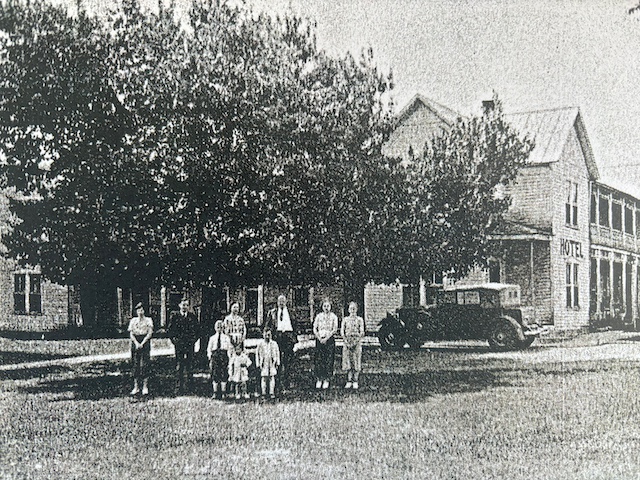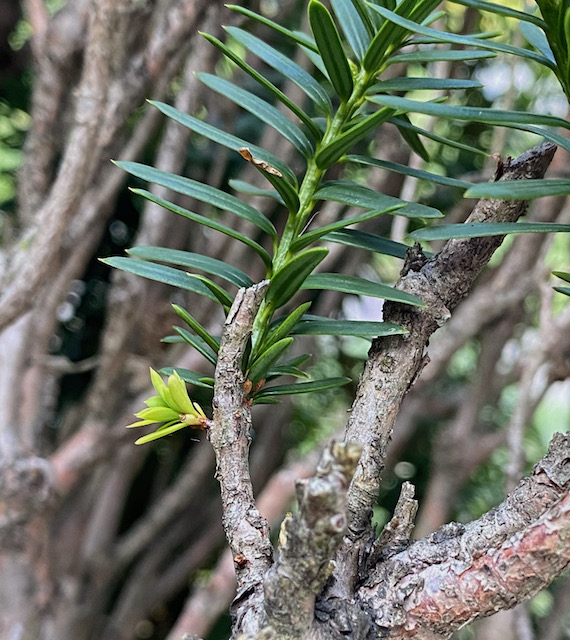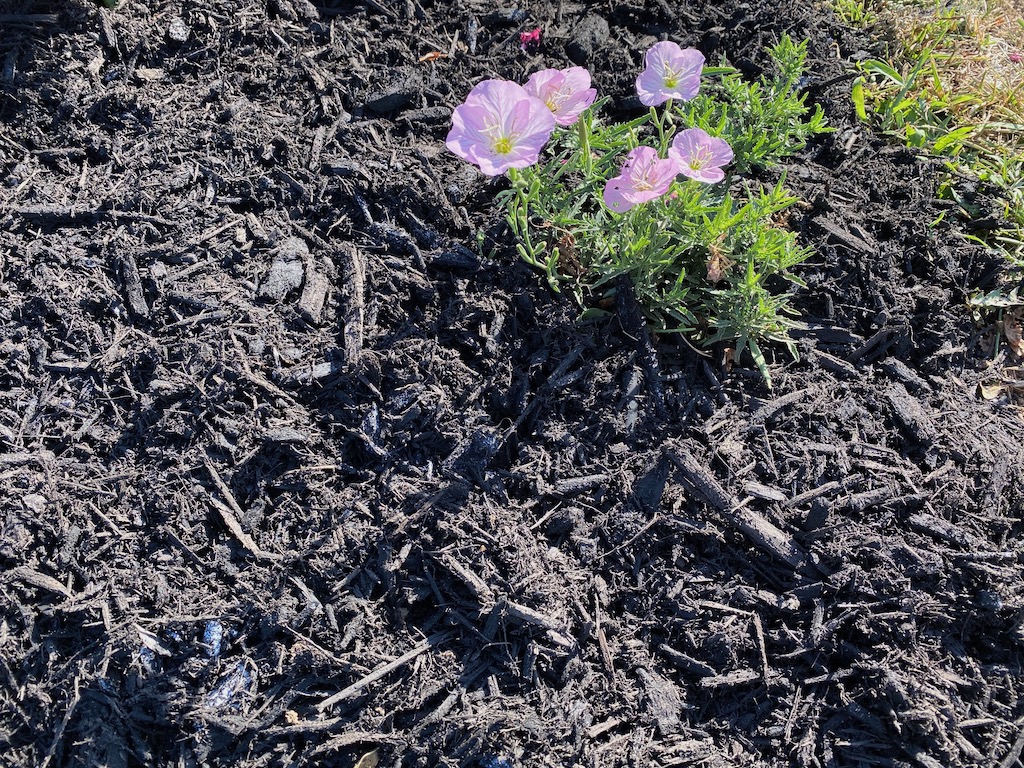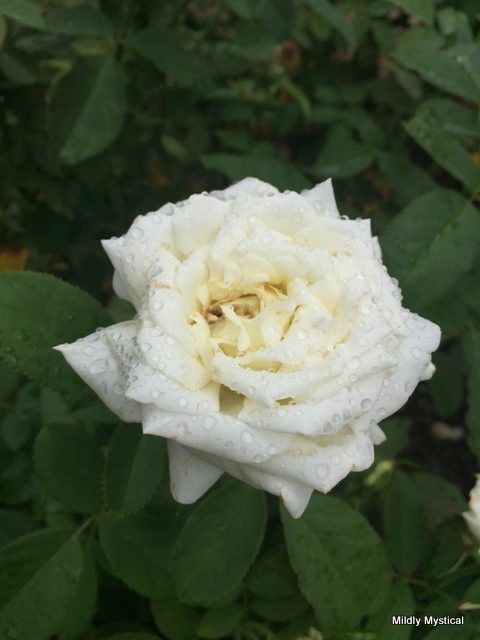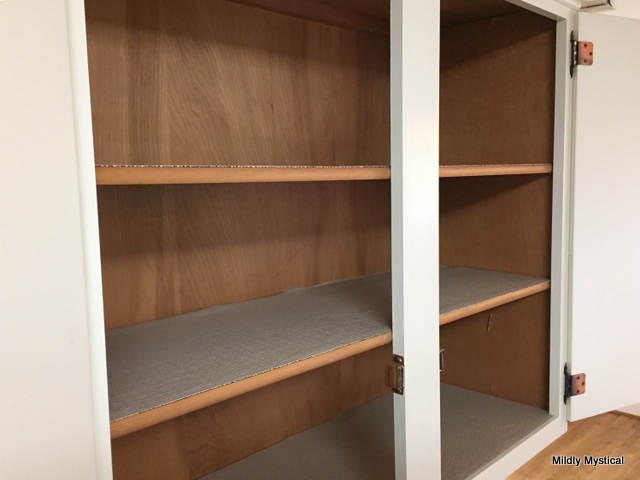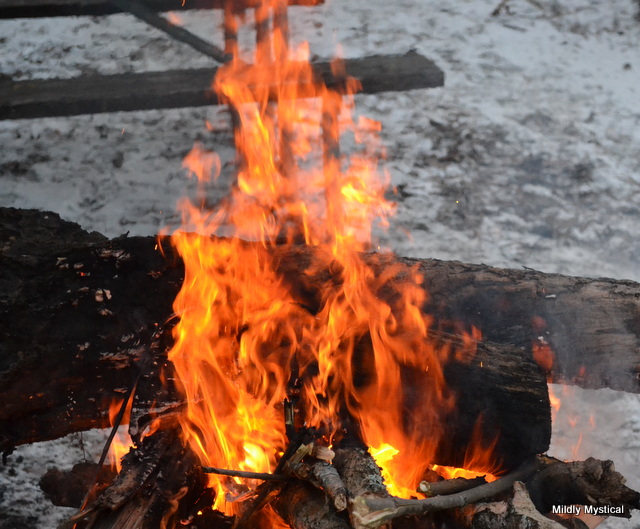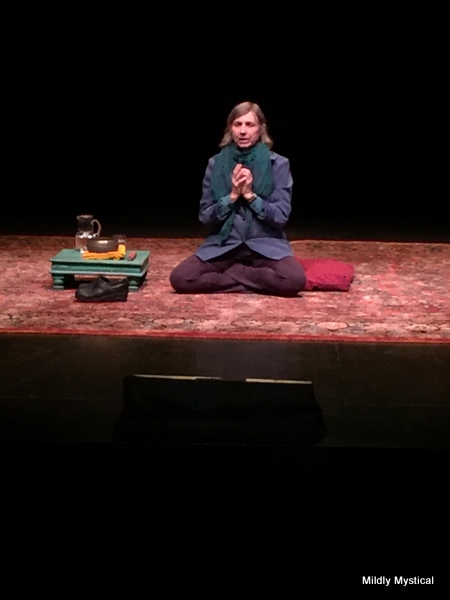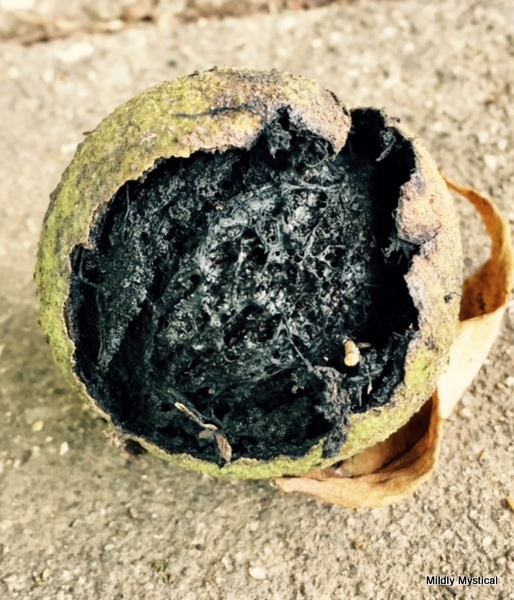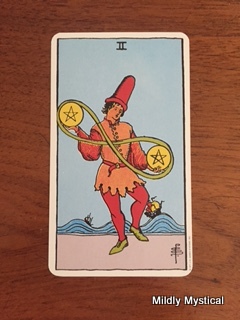A hundred-plus years ago, my ancestors owned and operated a mineral springs spa in Kentucky. People came in search of rest and healing, and reported countless stories of renewed health and vigor resulting from their stay. My family knew how to welcome and care for their guests, and worked hard to create a place that was a balm for body and soul.
During election season, visits from politicians were banned from the spa. In July of 1925, a notice that politicians would be turned away from the property was published in the newspaper. The local paper was the primary source of news back then, but even without today’s electronically charged media environment, politics at the time were divisive and political discussions heated.
My great-grandparents knew that the agitation stirred by political speeches, or even the presence of local politicians during election season, worked against the healing effect of their spa. They protected their guests, their business, and the unique value of what they could offer, by holding firm boundaries in a politically charged environment. This was yet another way they gave their patrons rest and helped restore their health.
Today, most of us are weary of this campaign and anxious about the election’s outcome. Polls tells us that supporters of both candidates feel that everything is on the line, that a loss will throw the country into crisis. Fear, hate (which is largely driven by fear), and the dehumanization of the opposition distort our view of one another. We can’t see clearly, think rationally, or respond effectively when our perception has been hijacked by these overwhelming emotional forces.
When we’re possessed by the power of these ancient archetypal energies, they drive our actions. We lose the ability to clearly perceive what’s really happening, and to effectively choose how to respond. Our instinctive survival modes take over: Fight, Flight, or Freeze. At that point, we become prone to manipulation.
I had all of this on my mind a few days ago when I saw a roly-poly bug on the porch. It reminded me of my childhood, when a roly-poly, or pill bug, could fascinate me on a timeless afternoon. How predictable it was, curling into a tight roll when I touched it, so that I could tumble it across the carport like a little ball.
I would watch for it to unclench, sometimes impatient with it for taking so long. I waited to see it expose the soft, flat underside of its grey oval body just long enough for the tiny filaments of its waving legs to find the ground again, the rounded shield of its back turned up once more, protecting it as it moved through the world. Its legs would carry it over any surface, but not when it was afraid. Curled up tight, in survival mode, it was as if the roly-poly were no longer a living thing. I was willing to watch for a long time, because it was a relief to see it uncurl and be on its way again under its own power.
It’s hard to make good decisions when we’re afraid. Our automatic responses to danger take over; the instincts patterned in our bodies drive us into survival mode. We easily lose connection to the quiet center, the still small voice, the source of wisdom and guidance.
When our country was divided on invading Iraq many years ago, it was the story of weapons of mass destruction allegedly hidden there that tipped the balance in this country. I for one gave up my opposition and acquiesced to the invasion, conceding that this military action must be necessary to keep the world safe. I believed the officials who painted a terrifying picture and presented themselves as the shield and defense that would protect us all.
In that fearful time, I became as predictable as a roly-poly. I was easily rolled into the corner of supporting, even if reluctantly, that invasion. Later we learned that those officials said whatever they needed to say to make this country align with the invasion they wanted. The reports of weapons of mass destruction were not credible, but by the time we learned that it was too late.
Fear, and the hate that it often undergirds, makes us more readily manipulated. When someone tries to make us afraid, it’s a good time to guard the connection to our own center. To give in to fear is to give up our own agency. It’s good to ask, in this moment, “Is my physical survival really in peril?” And if in this moment my life is not in immediate danger, then how can I unclench, get my feet on the ground, and move in the direction shown by the life-giving wisdom within?
Giving ourselves time away from the onslaught of the news is a good start for unclenching and reconnecting to the divine light shining within our own center. We can find a way to create for ourselves some inner version of a healing spa away from the political noise, even if it’s only for a few minutes a day. We need a quiet space to cultivate health and wholeness, restore our strength, and get our feet on solid ground.
Then we can return to the world with the clarity to see other people in their full humanity. We can cultivate the ability to keep our balance and not be manipulated. We can cultivate the love that transcends fear and hate. We can take action responsibly, claiming the agency to convey some bit of light into the darkness.
I have a photo of my young grandson when he was about five years old, kneeling beside a narrow garden bed alongside the garage at his old house. He’s wearing his purple baseball cap, a teal t-shirt, grey denim pants, and dark blue sneakers. Just past him a bright red tulip is open to the sun. His hands are loosely clasped at his knees and he’s leaning forward, a pleasant expectant look on his face, as he focuses on a purple hyacinth sitting low on the ground before him.
I want a world, a country, a culture, deserving of this child of my heart. Where the dignity and worth of each person is honored. Where we can somehow find a shared reverence for the value of life and of each other. And where we can regain attunement to what is ultimately true, acting out of the better angels of our nature.
Susan Christerson Brown

